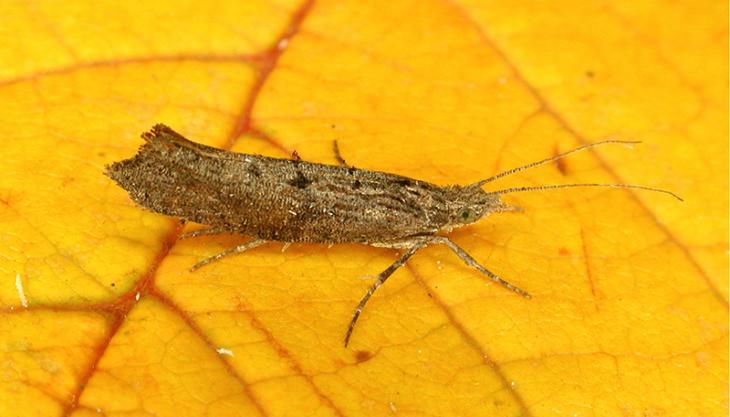Rare moth sightings at Southam Quarry

CEMEX site one of the most important in the Midlands for both moths and butterflies
IN a recent survey of moths at CEMEX’s Southam Quarry, a lepidopterist from Butterfly Conservation was delighted to record a dingy footman (Eilema griseola) and, in a first for Warwickshire, the rarest moth spotted at the site to date – an ash-bark piercer (Pammene suspectana), which is listed in the Red Data book of species whose continued existence is threatened.
Pammene suspectana is solely dependent on the ash tree for its food, and at Southam ash trees have been planted along the roadside on the edge of the site to help screen the operations.
These two varieties out of a total of 120 species surveyed at the site make Southam Quarry one of the most important sites in the Midlands for both moths and butterflies. Other rare species spotted at the site include the dark smudge (Ypsolopha horridella), which is ‘nationally scarce’ according to the Butterfly Conservation’s Moth Report.
‘I was delighted to find so many different species during the recent survey, particularly the Pammenes suspectana, which is a new species for Warwickshire,’ said Michael Slater, volunteer conservation officer for Butterfly Conservation. ‘This is yet further evidence that the CEMEX restoration at Southam Quarry is working superbly for wildlife.
‘The site has a varied habitat including rare calcareous and scrubby grasslands as well as wet and marshy areas. CEMEX have seeded a varied wildflower mix to help the biodiversity and in between the seeded areas there’s a lot of bare ground which allows increased ground temperatures.’
Other species identified at Southam include: garden pebble, marbled beauty, small phoenix and wormwood pug. These and other moths have a vital role in nature as pollinators. Often they are as beautiful as butterflies and some have superb camouflage, eg the buff-tip, which can easily be mistaken for a broken twig of silver birch.
Southam Quarry has also provided an ideal breeding ground for the small blue butterfly and is now home to the largest colony in the Midlands. The area planted with the wildflower mix has resulted in extensive growth of kidney vetch, which is the small blue caterpillar’s favourite food plant.







